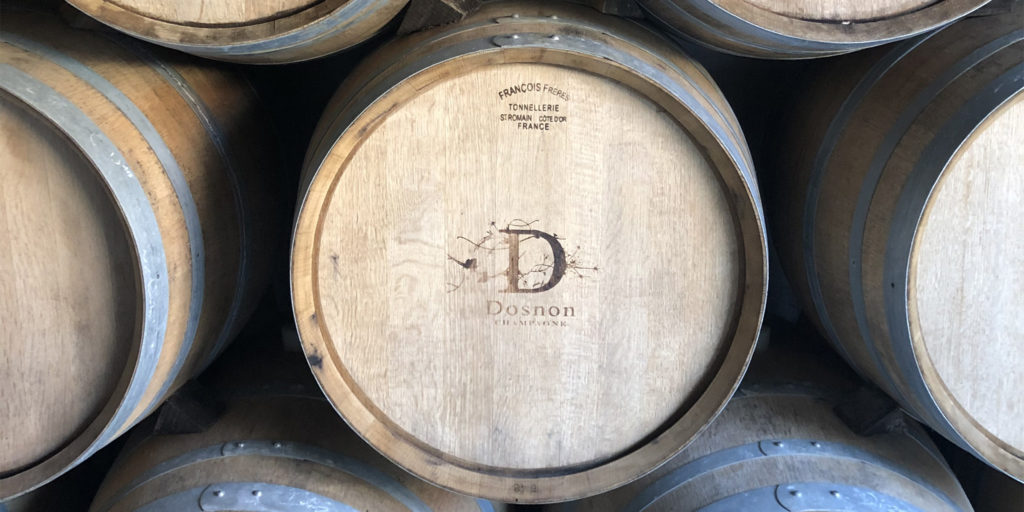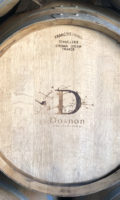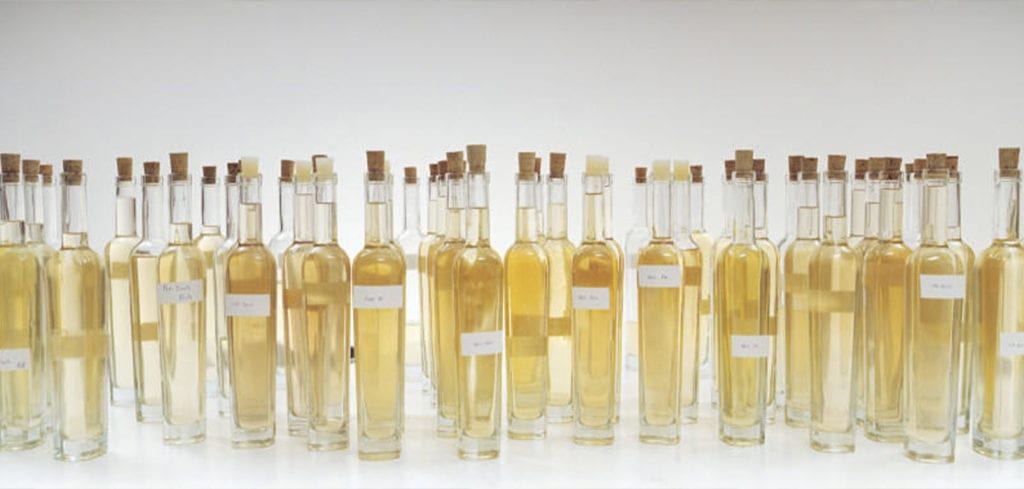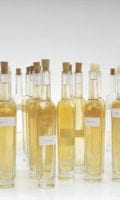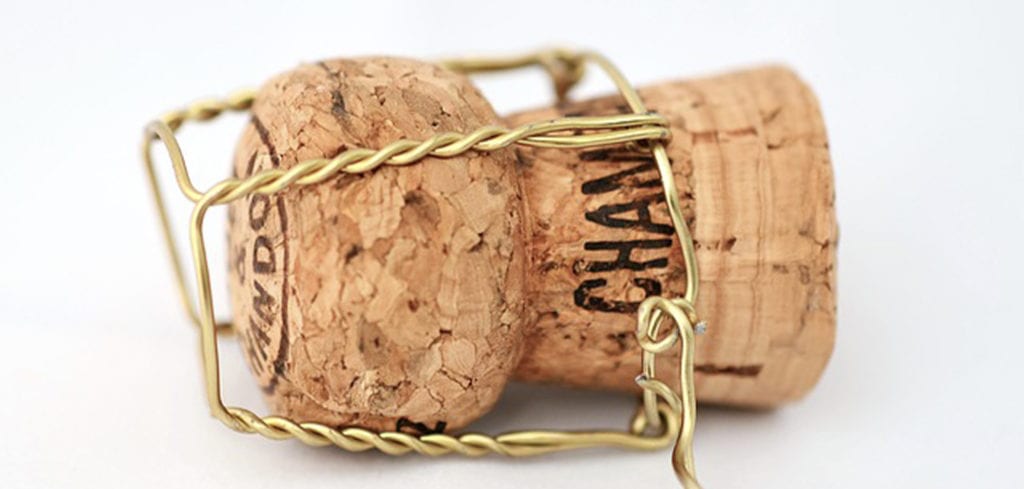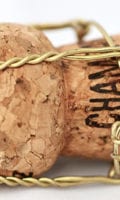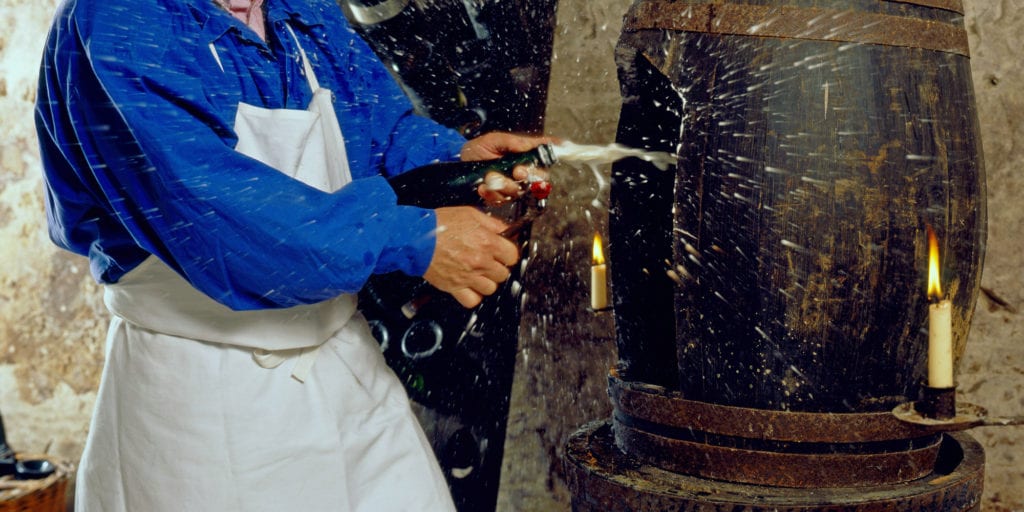
At least one summer after the production of the base wine, the noble creation of the «assemblage» is filled into champagne bottles by the winemaker families and provided with the so-called «liqueur de tirage», the filling dosage, an in-house mixture of a part of this very assemblage, as well as raw sugar and yeast. Firmly closed with a crown cork and stored horizontally at a temperature of about 10 to 12 degrees, the yeast now begins to convert this sugar into alcohol during this second fermentation.
The resulting carbon dioxide (CO2) cannot escape from the bottle and remains dissolved in the liquid. When the pressurized gas relaxes - when we pop the corks - it returns to its gaseous state and forms bubbles, the «perlage». All sparkling wines are subjected to different methods of this «prise de mousse» (foaming), but only Champagne produces its «foam» directly in the bottle (bottle fermentation).
After about 6 to 8 weeks, this bottle fermentation is complete, the sugar is completely broken down and the yeasts die. The alcohol content is now increased by another 1 to 2% compared to the 1st fermentation. In the chemical process of «autolysis» that now begins, the dead yeast cells release aromas of bread, sponge cake and toast into the champagne. This process usually lasts about 4 to 5 years, however, it has also been proven over periods of more than 10 years.
For non-vintage champagnes, the minimum aging period is 15 months, and for vintage champagnes it is at least 3 years. Champagne that rests on its dead yeasts remains fresh - even over many years of the maturation period.


